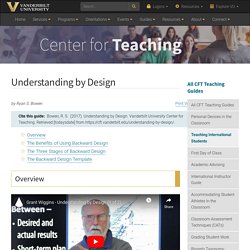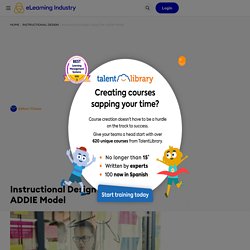

Understood - For learning and thinking differences. To understand what Universal Design for Learning (UDL) is, it helps to understand what it’s not.

The word universal may throw you off. It may sound like UDL is about finding one way to teach all kids. Microsoft OneDrive - Access files anywhere. Create docs with free Office Online. Discussion EDTC 524. FLEX MODEL STRATEGY. Guidelines for Effective Instruction. Who You Say I Am Lyric Video - Hillsong Worship. Week 8 Introduction & Desired Results. EDTC524. Youtube. #1 Instructional Design Community. Color wheel, a color palette generator. Youtube. Copy of Copy of Critical Analysis of Instructional Design - Google Slides. Udlg graphicorganizer v2 2 numbers yes. Youtube. Microsoft Design. Exclusion happens when we solve problems using our own biases. As Microsoft designers, we seek out those exclusions, and use them as opportunities to create new ideas and inclusive designs. Recognize exclusion Designing for inclusivity not only opens up our products and services to more people, it also reflects how people really are.
All humans grow and adapt to the world around them and we want our designs to reflect that. Assumptions & Beliefs. Cognitive neuroscience proves that no two learners are alike.

Designing for a "mythical" average (as Todd Rose explains in the Myth of Average) is to design for no-one. If we asked a group of people to run a race and then provided everyone with the same, average size shoe, it would soon become apparent the majority would struggle to finish the race. Youtube.
Gagne's 9 Events of Instruction - Center for Instructional Technology and Training - University of Florida. Overview Gagne’s book, The Conditions of Learning, first published in 1965, identified the mental conditions for learning.

These were based on the information processing model of the mental events that occur when adults are presented with various stimuli. Storyline: Gagné’s 9 Events of Instruction Interactive Graphic - Downloads. Understanding by Design. Overview Understanding by Design is a book written by Grant Wiggins and Jay McTighe that offers a framework for designing courses and content units called “Backward Design.”

Instructors typically approach course design in a “forward design” manner, meaning they consider the learning activities (how to teach the content), develop assessments around their learning activities, then attempt to draw connections to the learning goals of the course. In contrast, the backward design approach has instructors consider the learning goals of the course first. These learning goals embody the knowledge and skills instructors want their students to have learned when they leave the course. Once the learning goals have been established, the second stage involves consideration of assessment.
Moodle. Online courses often have a bad reputation.

Many people expect boring, bulleted slide show presentations or recorded lectures. Those are examples of bad course design. How do you create an online course that stands out? Home - InstructionalDesign.org. ADDIE Model - InstructionalDesign.org. The ADDIE model is the generic process traditionally used by instructional designers and training developers. The five phases—Analysis, Design, Development, Implementation, and Evaluation—represent a dynamic, flexible guideline for building effective training and performance support tools. While perhaps the most common design model, there are a number of weaknesses to the ADDIE model which have led to a number of spin-offs or variations. It is an Instructional Systems Design (ISD) model. Most of the current instructional design models are spin-offs or variations of the ADDIE model; other models include the Dick & Carey and Kemp ISD models. One commonly accepted improvement to this model is the use of rapid prototyping.
A.2 UDB in a nutshell info. Evaluating through the lens of BD (1)